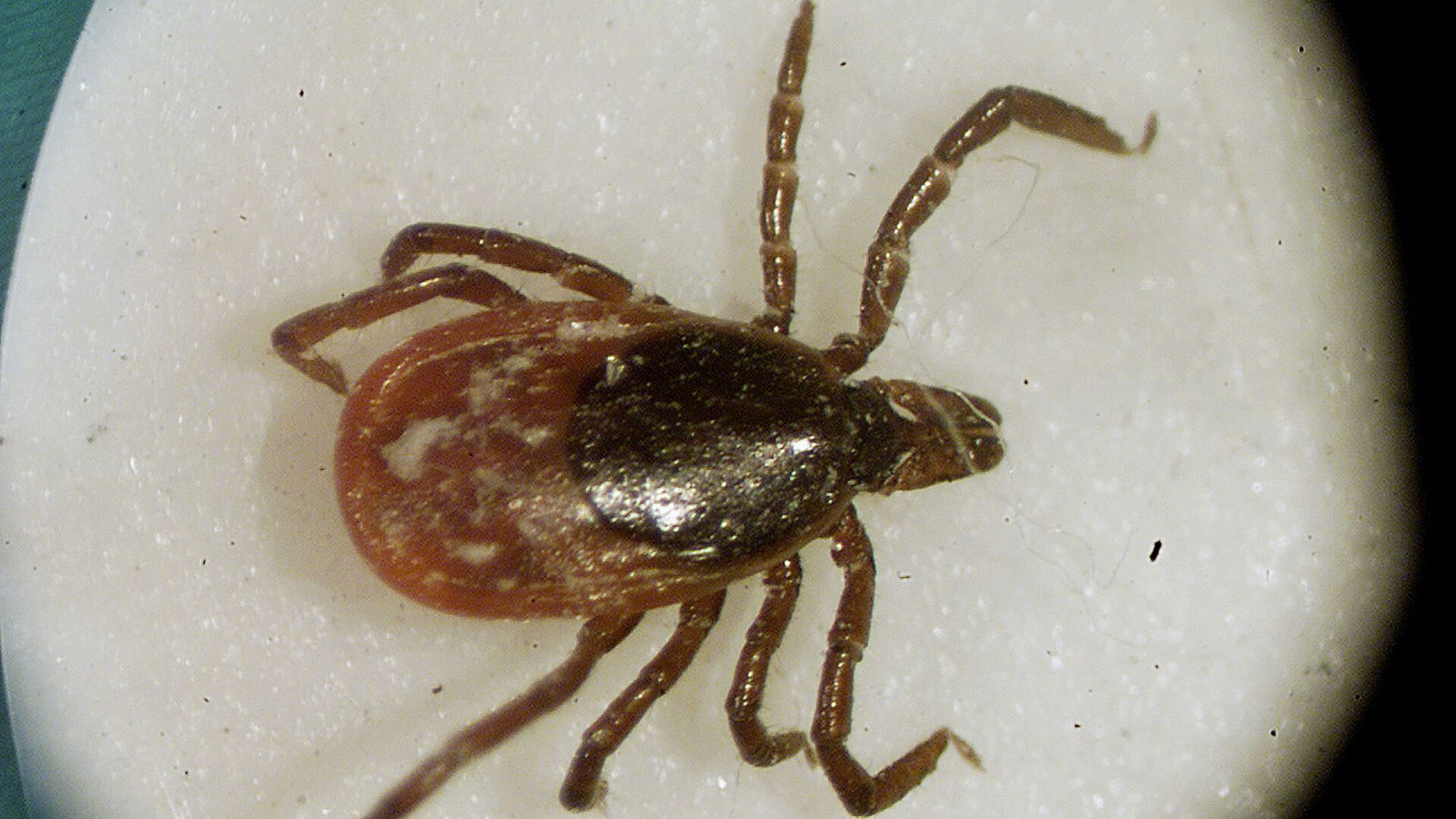First Case of Crimean-Congo Fever Identified in Senegal After Eight Years

© AP Photo / Victoria Arocho
Subscribe
According to the WHO, there is no vaccine against the tick-borne virus that most often infects animals and people involved in animal husbandry, such as agricultural, slaughterhouse, or veterinary workers.
Senegal's Ministry of Health has revealed that the first case of Crimean-Congo hemorrhagic fever (CCHF) since 2015 has been detected at a hospital on the outskirts of the capital Dakar.
The case was uncovered on April 21 at the Dalal Jamm hospital in Guediawaye, near the capital, the ministry said in a statement issued late Saturday. A health emergency task force has been set up to oversee the response.
The ministry also reported that the virus is transmitted to humans either by tick bites or by contact with the blood or tissues of infected animals. The statement explained that carriers of the disease are rodents, birds, and domestic animals. Mortality from the disease, according to the ministry, ranges from 10 to 40 percent.
According to the World Health Organization, CCHF is endemic in Africa, the Balkans, the Middle East and Asia and the onset of symptoms is sudden, with fever, muscle ache, dizziness, neck pain and stiffness, backache, headache, sore eyes and photophobia (sensitivity to light).
The virus was first detected in Crimean agricultural workers in 1944, but was doubly named as early as in 1973, after scientists found that the strains of the Crimean virus were identical to those of the Congo fever virus detected in 1956.
Recent outbreaks in Africa have been limited in scope. According to the African Center for Disease Control and Prevention, the largest recent outbreak was found in Mauritania in 2003: 35 cases and six deaths. South Africa had 17 cases and five deaths in 2011, while Senegal had one case in 2015, with no deaths.

